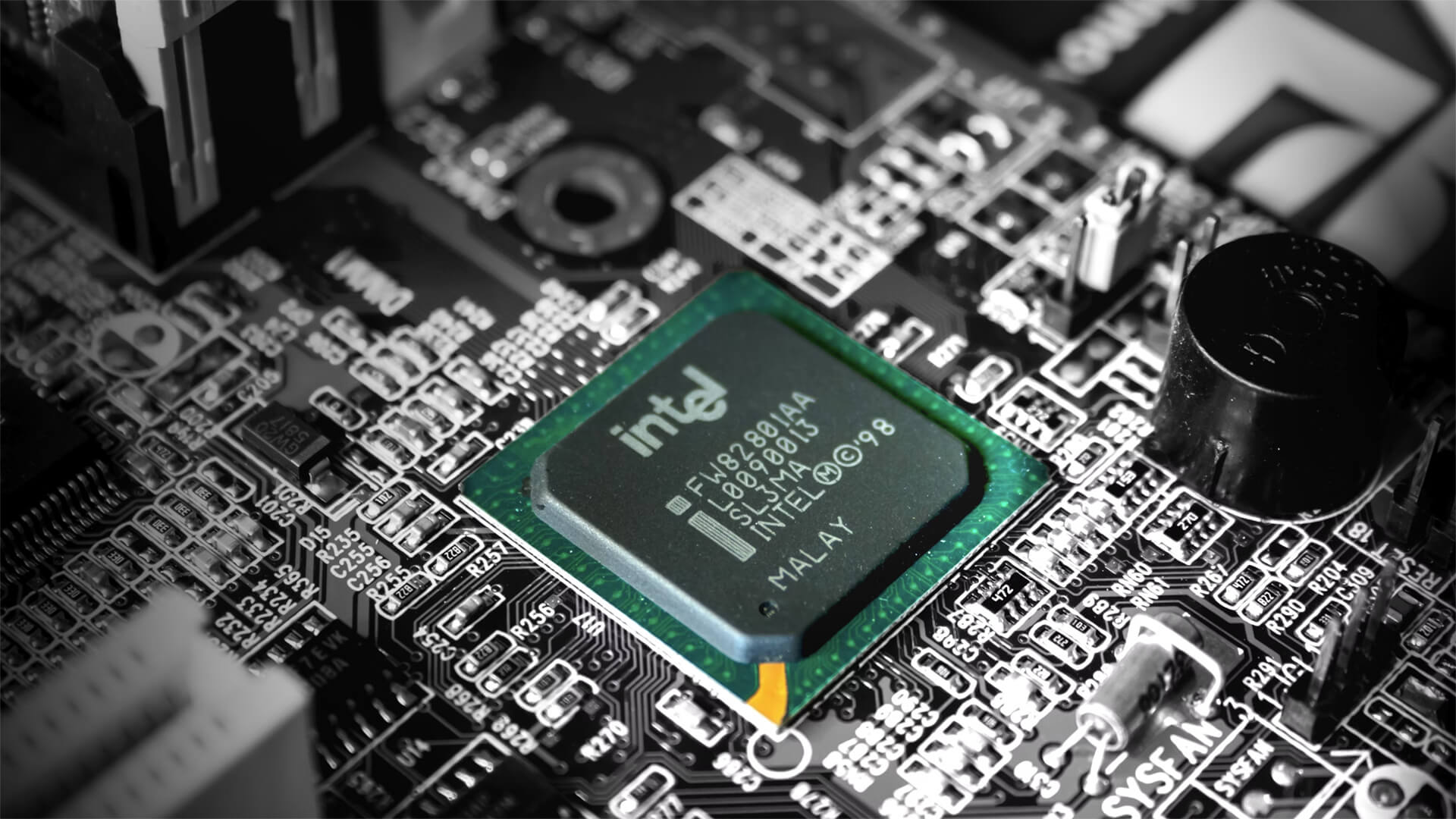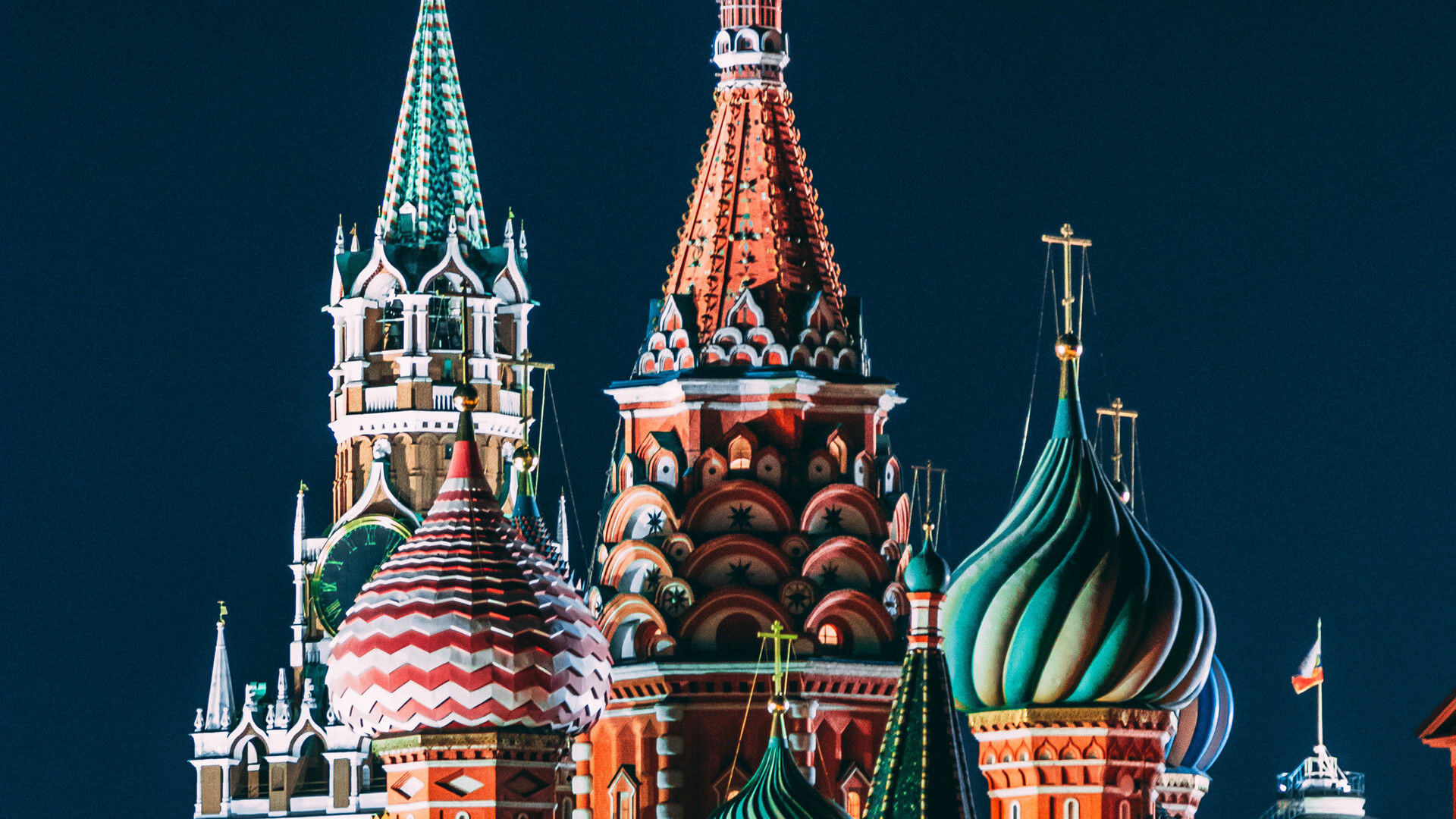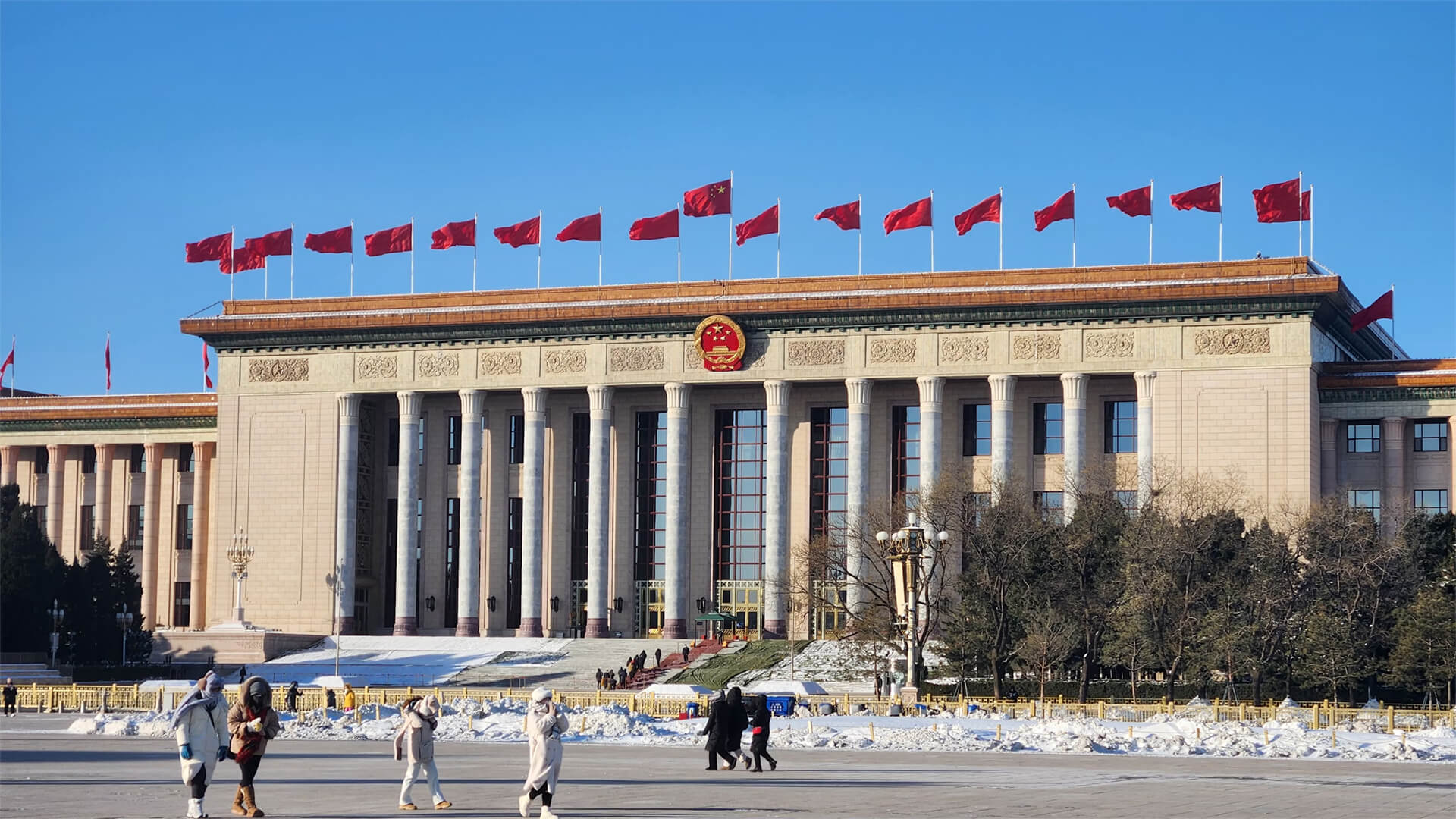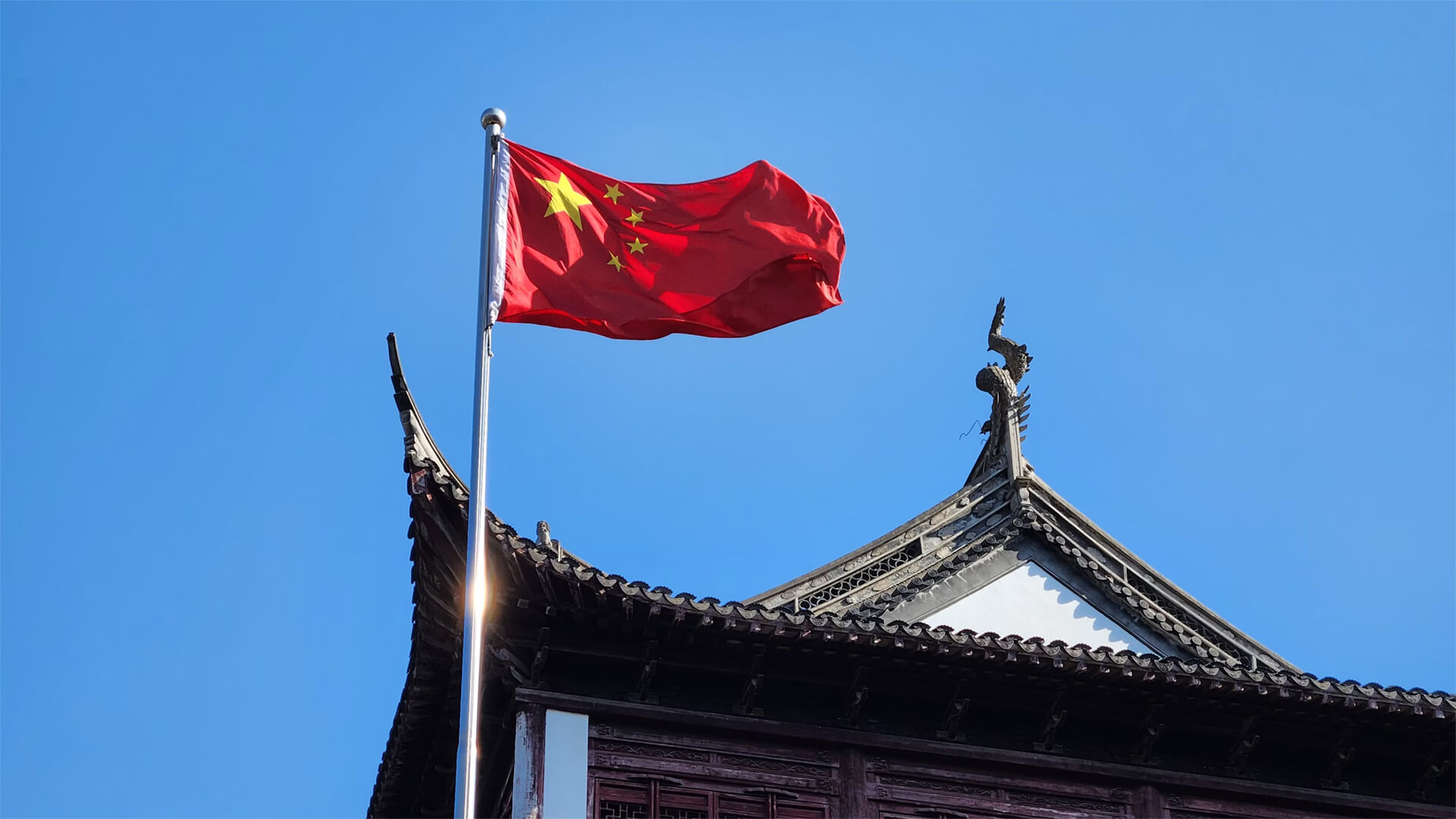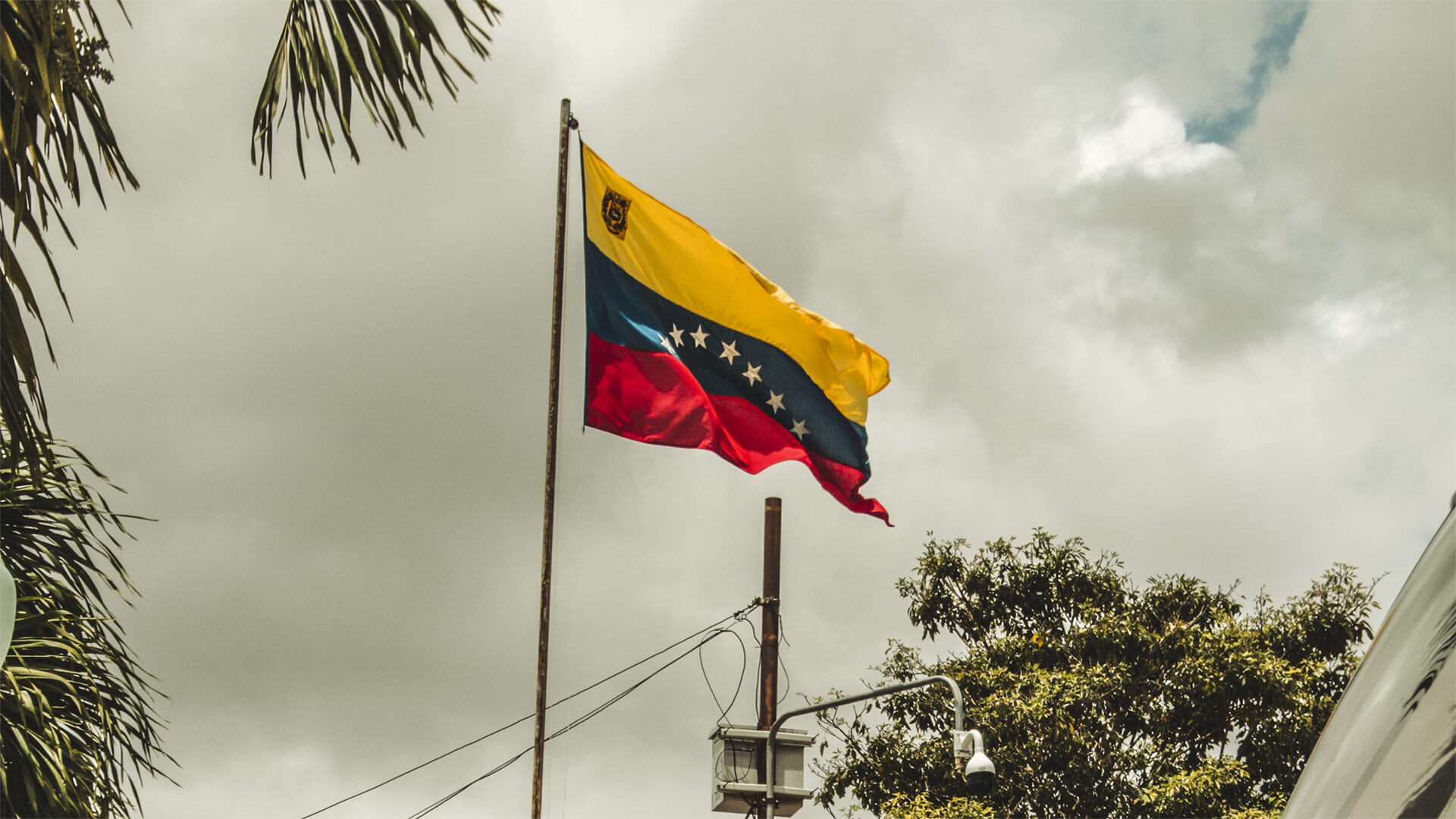Today, we’re talking about America’s Gen X, aka the best generation, and our role in the US economy moving forward. Let’s look at the current situation and what to expect in the coming decade or so.
It all starts with the Boomers biting off more than they could chew. They built a welfare state but couldn’t fund it and are leaving massive deficits as they retire into their beachfront mansions. Now, me and my fellow Xers, despite being the second smallest generation, are going to have fix all those problems.
As the Boomers retire, Gen X will come into its economic peak, meaning it controls the wealth, property, and investments. This means a nice period of record wage growth for Gen X, but that won’t last forever. Eventually, the Millennials and remaining Boomers will burden Gen X and force them to make larger contributions to bail out the economy.
So, all my Xers should be “getting that bread” while they can because Uncle Sam is going to come knocking at your door soon enough.
Here at Zeihan on Geopolitics, our chosen charity partner is MedShare. They provide emergency medical services to communities in need, with a very heavy emphasis on locations facing acute crises. Medshare operates right in the thick of it, so we can be sure that every cent of our donation is not simply going directly to where help is needed most, but our donations serve as a force multiplier for a system already in existence.
For those who would like to donate directly to MedShare or to learn more about their efforts, you can click this link.
Transcript
Hey, everybody. Peter Zeihan here. Coming to you from just outside of longs Bay in New Zealand. Coromandel region, taking a question from the Patreon crowd today, which is one near and dear to me because it talks about two issues that I care about a lot demographics and me. And the question is, what is the future of America’s Gen X?
Are we simply doomed to pick up the trash after the boomers kegger party? Yes and no. So, the back story, demographically speaking, you can cluster people into different financial groups by age. So folks under age 18 are typically dependents. People age 18 to 45 are the big consumers. They’re spending a lot of money raising kids and buying homes, but their incomes are low.
So high outflow, high consumption, high growth, high inflation, but low capital generation, low tax base. Then once you turn 45 and until you retire at 65, you are saving for retirement. Your income is at it’s the highest it will be in your life. The kids have largely moved out. The house has been paid down. You’re starting to think about downsizing different economic model.
in this sort of system. The tax base is huge. There’s a lot of capital running through the system. Capital cost, borrowing costs are low. The government gets lots and lots of income that it uses to expand the state technical training, infrastructure, that sort of thing. But consumption has dropped off. And then you turn 65 and you retire and you liquidate most of your financial assets and go into low risk stuff.
No stocks, no bonds. Typically T-bills, cash and real estate. That money is no longer available for the tax base. It is no longer available for investment capital. And then you whittle away on that as you retire. So the baby boomers have been the largest generation ever in American history for two reasons. Number one, when the GIS came home, they basically founded modern America.
They had large families and they moved to establish new territories that we now know was the suburbs. In addition, they were the first generation born during a period when the country had already been industrialized. And what happens when a country industrialize is it’s not just that you get rail lines and electricity, you also get antibiotics and hospitals. So the highest death rate for any age group preindustrial is 0 to 5 years old.
Newborns and young children who, tend to die off. And so people always have replacement children. If that sounds familiar. Anyway, doesn’t really happen for the boomers for the first time. And you combine health care with a new generation that’s large, they live longer. And so we got a double population bulge with the baby boomers. And it was so huge relative and remains so huge relative to all other population groups that they have basically dominated American economic and cultural life ever since.
So when they were going through their, early adulthood years in the late 60s to the early 80s, labor costs were low because we they supersaturated the labor market. Inflation was high because of their demand. And all of the American pressures were demand based. Then from the late 80s until roughly 2015, when they had their kids had moved out, and they were generating all that capital inflation dropped quite a bit.
Growth slowed, too. But all of that investment capital that they were generating pushed things forward, like, say, the tech revolution. That also allowed for the expansion of the government under Johnson and Nixon and Reagan. And during this time, the boomers, because the cash flows were robust, built a larger and a larger welfare state, primarily looking at themselves.
You fast forward today. Now two thirds of them are retired. They’re taking their money. They’re going home. The taxes that they’re paying have dropped off. And we are left with a welfare state to fund their retirement without their income to pay for it all. And the next generation down, the one now entering the capital rich part of their lives is generation X, which is the second smallest generation the United States has ever had.
So simply on the numbers between the exiting boomers and the entering Xers, we’re looking at chronic budget deficits. Assuming the government was relatively circumspect in its spending. But our last few boomer governments Trump, Biden, Obama, w Bush have been the most fiscally proliferate in American history. And so we’re looking at absolutely massive multitrillion dollar deficits every single year.
To be continued.
Okay. Continuing from Buffalo Beach and city on go. So anyway, deficits, massive locked in as long as the boomers live, which is going to be on average, you know, another 15 to 25 years based on who’s doing the math. And during that whole time, the boomers have created a social welfare state for themselves. So they have had never had any intention of paying for.
And since the next generation down, that is now and coming capital riches, Gen X and the boomers have always outnumber Gen Z by substantial margin. So you financial burden will fall on them. In this, the boomers can count on getting voting backstop against any sort of fiscal reform from their children. Who are the millennials who are maybe the second most selfish generation in American history?
So you can count on these two voting blocs agreeing that extra should pay for everything. So assume me if at some point there is any effort in Congress to actually rationalize the budget, you’re going to have these two voting blocs, the two largest voting blocs in American history, forcing that rationalization on the group that is most capital rich Gen-X.
Now, that’s the bad side. That’s the cleaning up the solo cups argument. But there is a positive side here. For some people, specifically with the boomers leaving, we have a lot of tension and tightness in our labor market. They were the largest generation ever. Which means they were the largest work cadre ever. And because there were so many of them in the 60s, 70s and 80s, they pushed down the cost of labor, which made the labor market hyper competitive.
From a global point of view, and we had inflation due to their consumption from any number of points of view, but from their earning potential was actually fairly low. So most of the hand-wringing during that era about wage increases being too low for the inflation rate was totally rooted in the size of the boomers.
And that disconnect, in order to make ends meet, that made the boomers the most mobile generation we’ve ever had in history since the time of the pioneers, because it was all about going to wherever they could get a little bit more income. And it also pushed, women into the workforce in order to get a second income.
Now, you play that forward for a couple of decades and you change the labor market. You change social norms, you get the sexual revolution, you get the women’s rights movements. All of these things were because there were so many boomers. But now that all of that labor is leaving the market. We have something that from a global point of view, is a lot more typical, and we’re just not used to it.
And so we have labor inflation eating into the system. Now. Now something to remember about the boomers when you have a two income household because you have to for financial reasons, the pressure on the family unit and the pressure on married couples is really robust. And so the boomers also had the highest divorce rate ever in American history.
Now Gen X coming up behind them looks at this. It’s like, no, we’re not doing things that way. The boomers have always said that they value their money more than their time. We see the pain of that and we are not going to make that mistake. We are far more likely to value our time over our money. So unlike the boomers, who have lots and lots and lots of two income households, and high labor rates as a result actually went the other direction and have a relatively low labor participation rate with a lot more single income households.
That puts you under a lot of financial pressure, because not only is there half as many people working and earning, it also means that you’re less likely to move and you’re also at the bottom of the totem pole with all these boomers above you. So you Xers were working in a super saturated labor market that they couldn’t really affect because they were down at the bottom, and they were less likely to work in order to preserve their families.
Gave us a much lower divorce rate, much more stable relationship rate than anything that the boomers had. But wow, did we pay for it.
We saw the lowest increases in take home pay on an annual basis of any worker generation in American history, until about five years ago, when one third of the boomers had already retired. And now in the last five years, we’ve seen the greatest increases in take home pay of any American generation ever. Because all of the skilled, all of the upper level management jobs are becoming available at the same time.
And even if everyone in Gen X wanted to work, and I guarantee you we do not, there would have never been enough of us to fill all of those boomers shows shoes anyway. And so from the extra point of view, we’re seeing record increases in take home pay for the first time in our adult lives. Now, the rest of the world knows that as labor inflation.
But honestly, the rest of you can suck it because we’re finally having our moment at some point in the next 10 to 15 years, when the axes are at the peak of their income and the peak of their wealth. Because of this delayed gratification, there is going to be a conversation in the United States led by these six millennials who can do math about rationalize the budget.
So Larry, Moe, curly, Thelma Louise, and Lafond are going to sit down and run the math and realize that the only way they can make the budget make sense is to basically gut Gen X, and they’ll have the voting power to do it. Now, until we get to that point. It’s a X world. We’re going to control all of the money.
We’re going to throw the majority of the property, we’re going to dominate the stock market. And we’re in a situation of supply and demand. If capital is available, unlimited supply if demand is robust at a time when the millennials are having their kids and building their homes, large generation demand and we need to re industrialize the United States, doubling the size of the industrial plant.
Whoever has the capital, Gen X is going to be able to demand exorbitant rates for it, and it’s going to be a great time until such time as the millennials actually run the numbers. So if you’re an Xer, our time has finally arrived. But it’s only going to be a moment. So make the most of it. Get your money where it’s going to be protected, because sooner or later the millennials will figure this out and we will find a way to get the budget back into some degree of balance.
And it will be Gen X. It’s paying for it, but not today.




